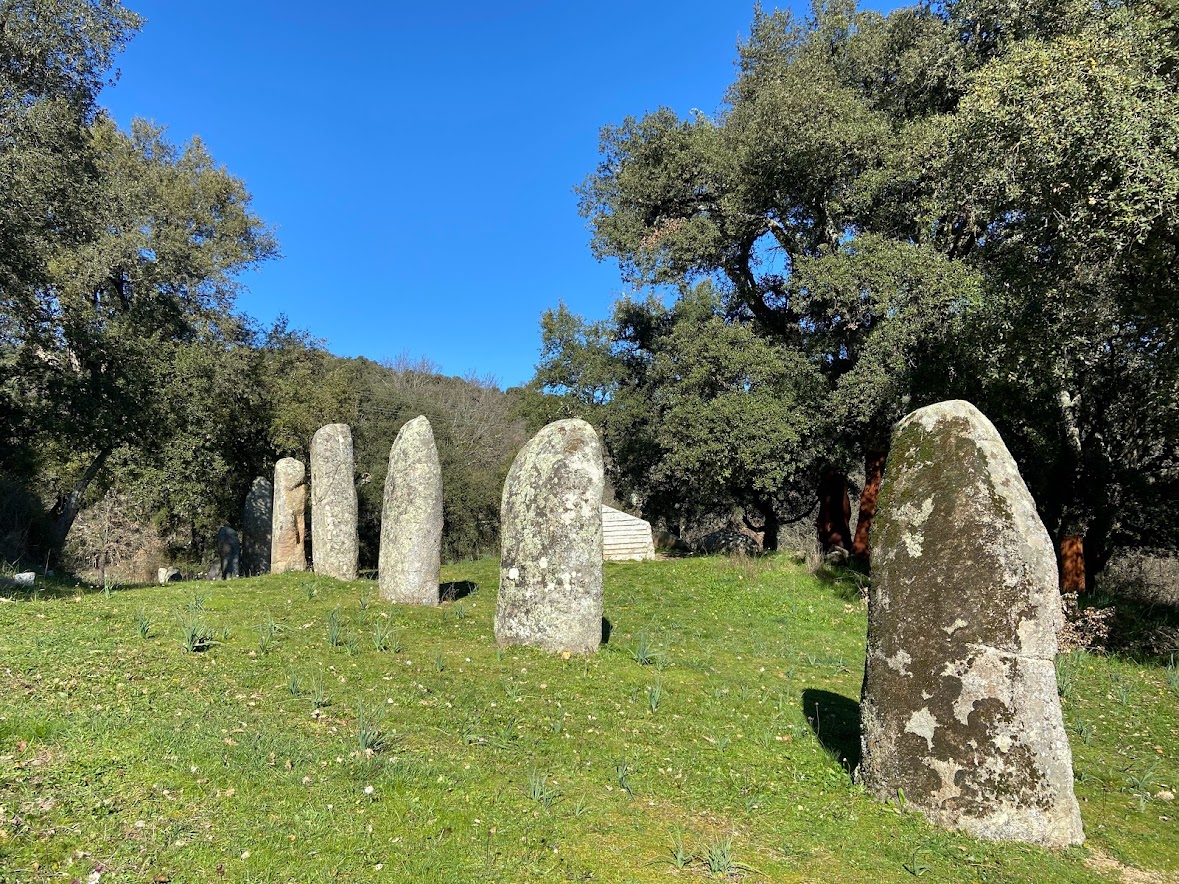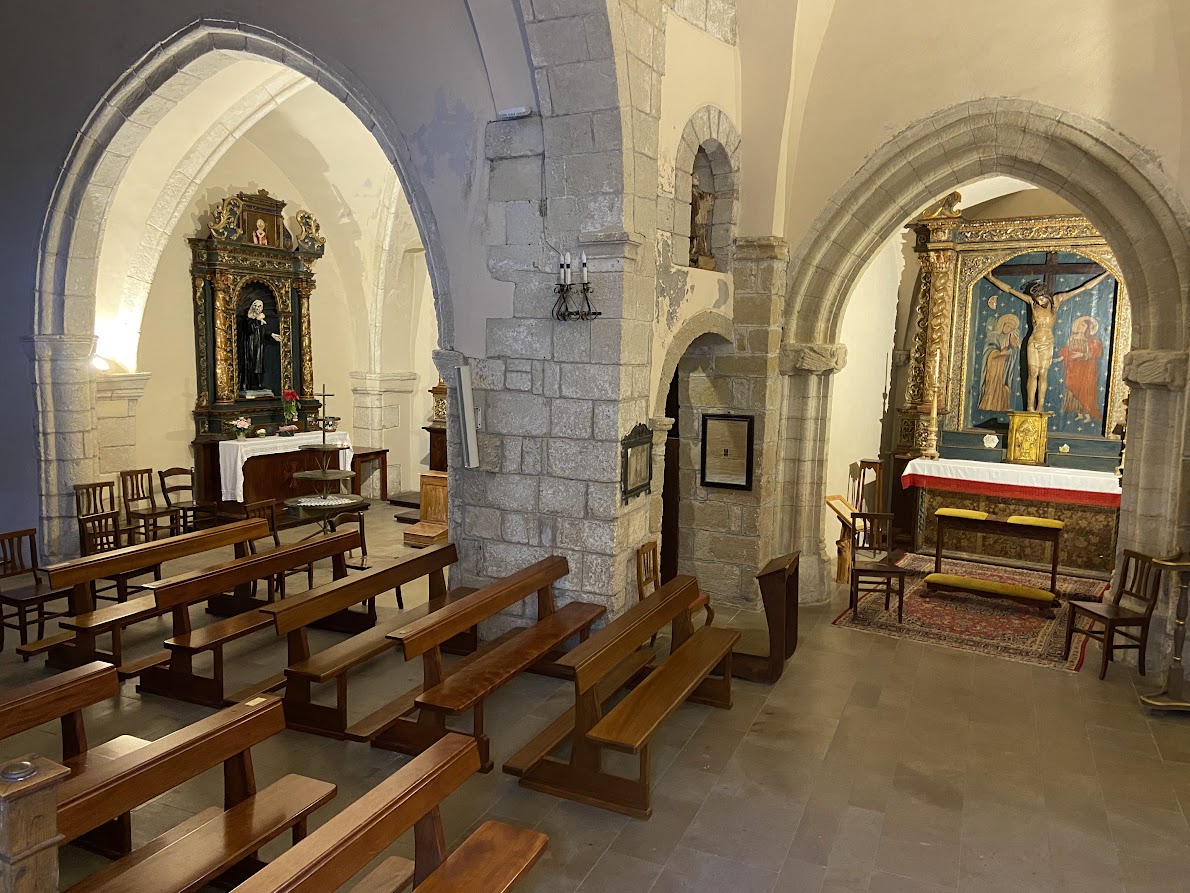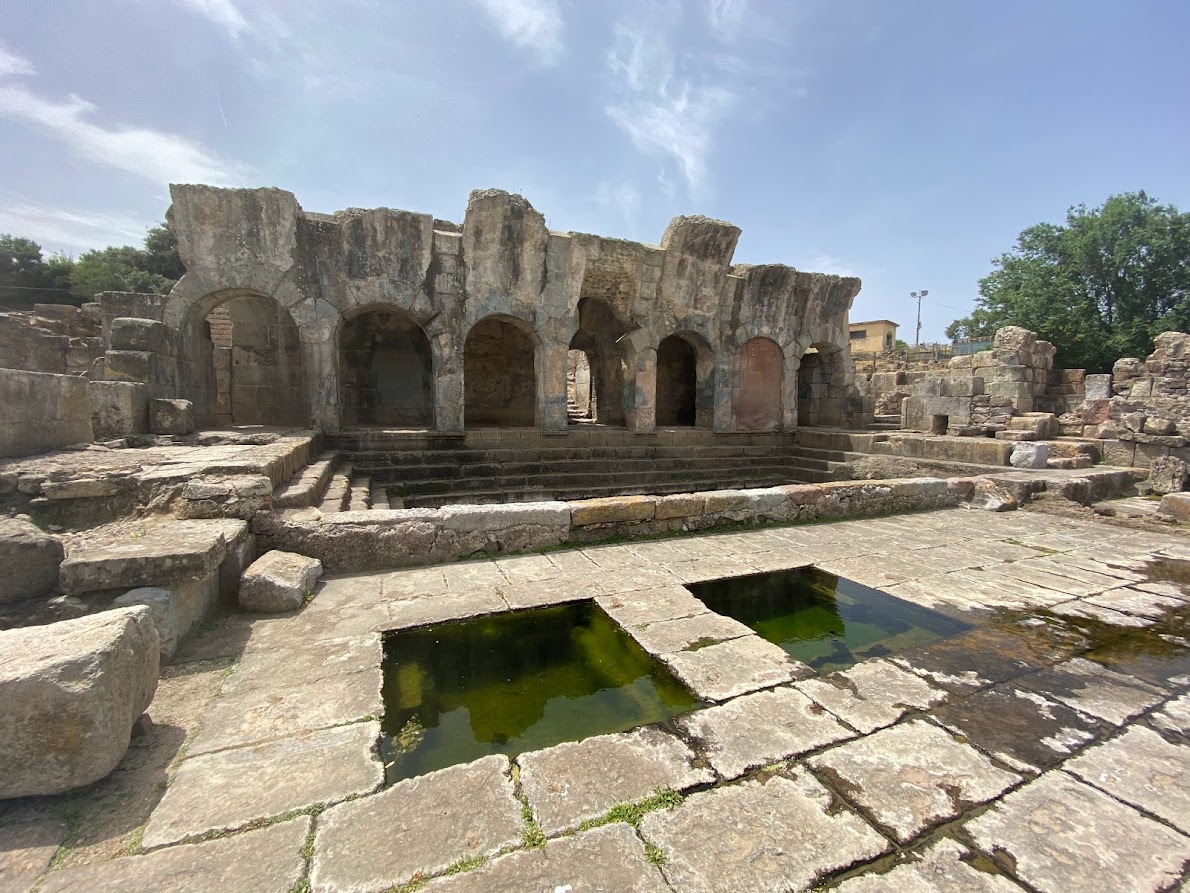
Monoliths
Monumental shale, limestone and dolomite rock formations emerge from the landscape as silent witnesses to the geological transformation that began in the Paleolithic. To the east, in the historical region of Ogliastra, the monoliths even have their name “Tacchi di Ogliastra”, where the Tacchi, or heels, refer to the high petrified walls rising above the horizon. Perhaps the most famous is Perda e Liana, a cylinder on the Tonneri Plateau that is a popular landmark because it can be seen from a great distance. There are several tourist routes leading to it and it is a frequent destination for climbers. Su Texile near Aritzo is very similar in appearance, sometimes also called the “throne of Saint Efisio”, because from here the saint have allegedly preached to the faithful. This natural monument has attracted the attention of various nations since prehistoric times, as evidenced by the numerous tombs of the Domus de Janas, the nuraghe or the tombs of the giants. If you drive inland from the coast of Vignola, towards the Tempio Pausania, a huge granite rock rising above the surrounding landscape may catch your eye. Monte Pulchiana is a dome-shaped rock with a total height of 673 meters and from the top you can see the entire upper Gallura up to Monte Limbara. In the middle of the territory of the Meilogu crater volcanoes there is a basalt outcrop about one hundred meters high, an extinct volcano, which has been shaped into a cone by erosion over millions of years. The basalt rock of Pedro Mendalza is the scene of several mythical legends and fairy tales, most often associated with the Janas fairies. A sacred meaning is often attributed to this unique rock and there are also several churches in its vicinity. On the coast of Baunei Bay, in the east, there is the tall pointed rock of dolomitic limestone Pedra Longa, one of Sardinia’s most famous rock formations. With a height of 128 meters, it marks the start of the several-day Selvaggio Blu trekking and is even an ancient reference point for sailors. A few kilometres from Santa Maria Navarrese it is easily accessible by car or with some effort by hiking. Similar to other monoliths on the island, even this one is a frequent destination for climbers and adrenaline enthusiasts..



